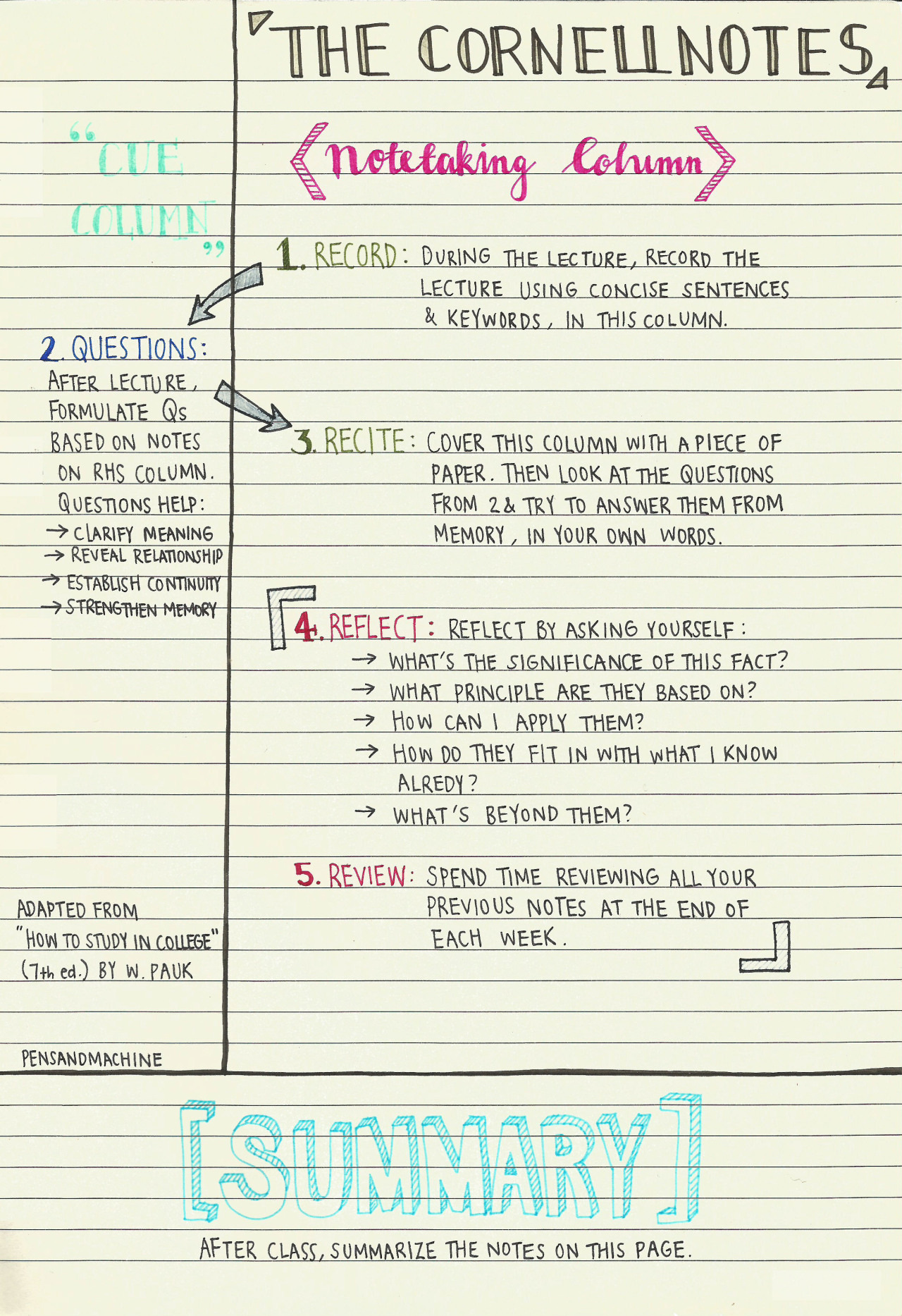
PRODUCTHEAD: Efficient note-taking (communication toolkit #4)
PRODUCTHEAD is a regular newsletter of product management goodness,
curated by Jock Busuttil.
i am product insane
tl;dr
A mind map is helpful for noting non-linear information
The Cornell note-taking method can be useful for learning
Sketchnotes allow more effective visual communication
a favour: please share this with other product people
every PRODUCTHEAD edition is online for you to refer back to
hello
As you might have gathered if you’ve been a product manager for more than five minutes, there are a LOT of meetings. And with meetings comes note-taking. Reams and reams of the stuff.
My approach to note-taking has always been a vain attempt to capture everything discussed. This is because I can’t always predict what will end up becoming a significant detail. Fast forward a few weeks, when every stakeholder appears to have their own unique (and incorrect) recollection of what was agreed, good notes serve to refresh everyone’s memories.
Depressingly, I was a good number of years into my product management career before I realised there were more efficient ways of note-taking. Until that point, I’d been scrawling my notes longhand, attempting to transcribe what everyone was saying. I’d filled notebook after notebook with my atrocious handwriting, and I referred back to perhaps 1 or 2 percent of it.
Tapping away at a laptop instead didn’t work for me. Aside from the distraction and the physical barrier it created (people with laptops in meetings always look to me as if they’re hiding behind them), I found it too difficult to divide my attention between the person speaking and what I was typing. In comparison, pen and paper demanded less cognitive effort.
Happily I fell into mind mapping and use it for every meeting now. It works well for me because it doesn’t stretch my limited drawing skills.
The other thing I like is that a mind map is non-linear, much like the topic of conversation in most meetings. Regardless of any agenda, some people will jump from subject to subject; others will haul the meeting topic back to revisit an earlier point.
In a mind map, I can create a new branch for every topic jump, and have space to add further detail to earlier branches of discussion. If anything, it helps me to straighten out non-linear discussions into something more coherent and sequential. I’ve found that a 30-minute meeting fits nicely on a sheet of A5 (or Half Letter). The mind map for my book’s outline fitted on a piece of flipchart paper.

I don’t even mind map as a purist would — most guides tell you to use only a word or two for each bit of information. I tend to use short phrases instead. It’s still far less writing than my earlier attempts at full transcription.
So to continue my mini-series of tips for product managers to communicate well, this week I’ve pulled together a few different note-taking techniques for you to have a play with.
Speak to you soon,
Jock
what to think about this week
How to mind map to visualize ideas
When you have a lot of ideas in your mind, you may create a text document or take a sheet of paper and start writing in a linear fashion. However, this type of document quickly becomes overwhelming. It lacks clarity and makes it hard for you to get a full picture at a glance and see what is missing.
Instead, try looking at some mind map examples to learn how to mind map and visualize your thoughts.
[Matt Tanguay / Lifehack]
A guide to the Cornell note-taking system

1. Record
During the lecture, record the lecture using concise sentences and keywords, in this column.
2. Questions
After lecture, formulate questions based on notes on right-hand side column. Questions help: clarify meaning; reveal relationship; establish continuity; strengthen memory.
3. Recite
Cover this column with a piece of paper. Then look at the questions from (2.) and try to answer them from memory, in your own words.
4. Reflect
Reflect by asking yourself: what’s the significance of this fact?; what principle are they based on?; how can I apply them?; how do they fit in with what I know already?; what’s beyond them?
5. Review
Spend time reviewing all your previous notes at the end of each week.
(Adapted by Pens&Machine from How To Study In College (7th ed.) by W. Pauk)
Click the image for a larger version
[Pens&Machine / Tumblr]
Sketchnote a more awesome you

We’re all capable of speech. We’re all literate. Well most of us are to varying degrees. However when we’re trying to communicate about ideas, words often suck. We can’t explain adequately or people just get the wrong idea. Or they simply don’t understand.
The funny thing is there’s one simple thing you can do to improve the situation. Communicate visually.
I suck at drawing — I still draw stick men
[Lucy Spence / Mind The Product]
recent posts
The 4 unintended side-effects of risk aversion and what to do about them
When we become more worried about risk, four unintended things also tend to happen: bottlenecking, erosion of trust, ossification of process, and a risk appetite that tends towards zero. Here’s what you can do about them.
[I Manage Products]
What’s the difference between ‘measures of success’ and ‘definition of done’?
Here’s a question I was asked recently:
Hi Jock,
How would you describe ‘measures of success’ versus the ‘definition of done’? I’m trying to explain the difference simply to my team.
Thanks,
W
Build the right thing AND the thing right
[I Manage Products]
The agency trap
How can product management fit into an agency business model when requirements or specifications are often contractually set in stone by the client up-front? Spoiler alert: not easily
[I Manage Products]
can we help you?
Product People is a product management services company. We can help you through consultancy, training and coaching. Just contact us if you need our help!
Helping people build better products, more successfully, since 2012.
PRODUCTHEAD is a newsletter for product people of all varieties, and is lovingly crafted from notes that look like they were written by a drunk spider.


Leave a Reply